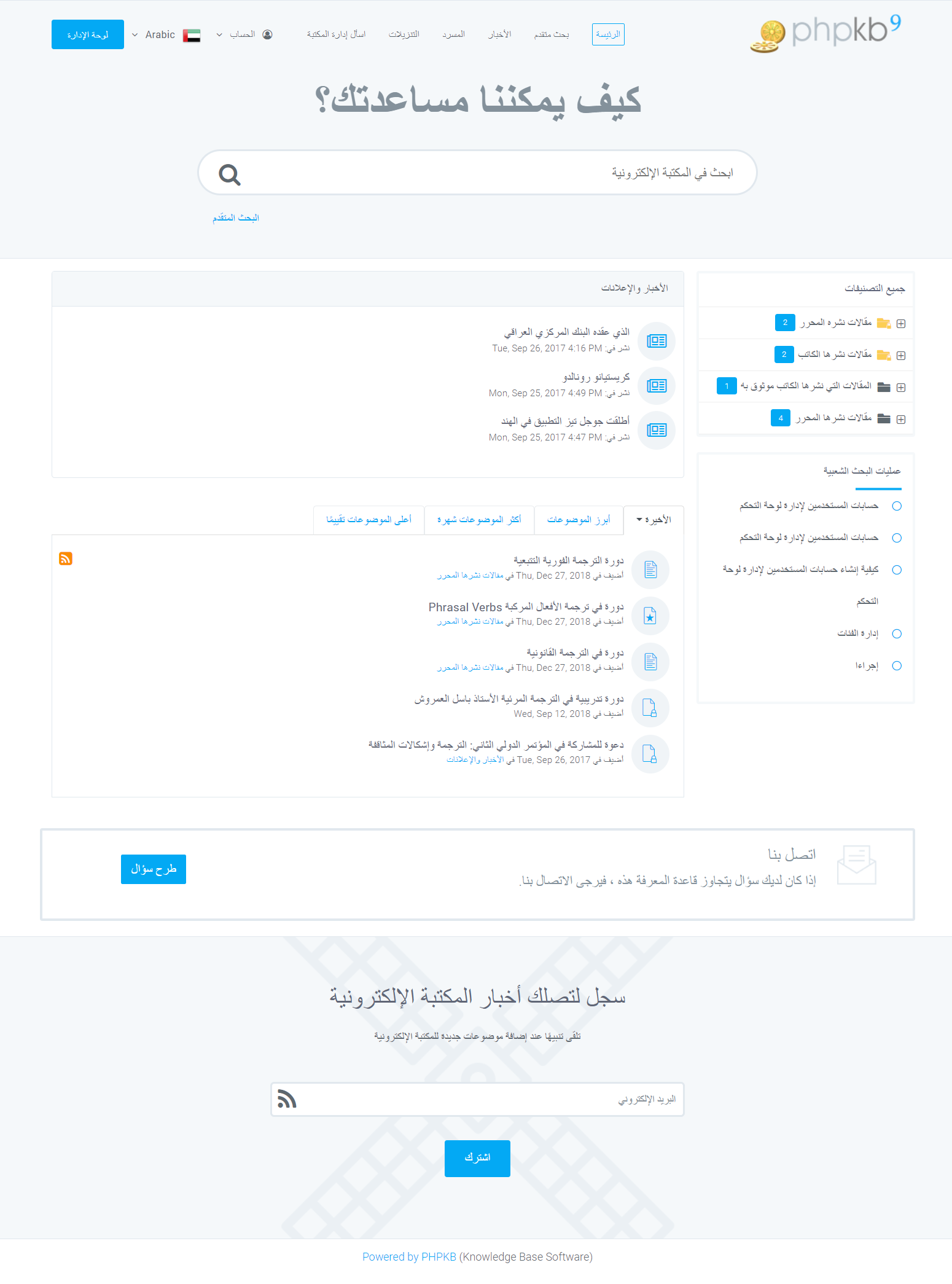How To Create Multilingual Knowledge Base?
Estimated Reading Time: 4 MinutesA multilingual knowledge base is a collection of information and resources that is available in multiple languages. It allows users to access the information in their preferred language, making it easier for them to find the information they need. The goal of a multilingual knowledge base is to support a diverse audience and improve the overall efficiency of the IT support team. It is a collection of information and resources that is translated into different languages, making it accessible for users who speak those languages. This helps organizations to reach more customers and provide better customer service, by providing support in the language that the customer prefers.
How to create a multilingual knowledge base?
Creating a multilingual knowledge base requires a few extra steps beyond creating a monolingual (single-language) knowledge base. Here are a few best practices for creating a multilingual knowledge base:
Start with a single-language knowledge base: Before creating a multilingual knowledge base, it's important to have a solid foundation of content in a single language. This will make it easier to translate and manage the content as you expand to multiple languages. This single-language knowledge base should include all of the information and resources that you want to make available in other languages.
Identify the languages you want to support: Decide which languages you want to support in your knowledge base. Consider the languages spoken by your target audience, as well as the languages spoken by your support team. It's important to choose the languages that will be most useful for your users and that you have the resources to translate and maintain.
Use a translation management system: A translation management system is a tool that helps you to automate the process of creating translations, and ensure consistency across languages. It can also help you to manage and track the progress of the translations, and provide a central location for all translations.
Translate all content: Translate all of the content in your knowledge base, including articles, categories, and labels. This includes text, images, and videos. It's important to ensure that all content is translated accurately and completely. This can be a time-consuming process, but it's important to ensure that the translations are accurate and useful for users.
Use native speakers: Use native speakers to translate the content in order to ensure that the translations are accurate and culturally appropriate. Native speakers will have a better understanding of the nuances of the language and can ensure that the translations are idiomatic and colloquial.
Test the translations: Test the translations to ensure that they are accurate and easy to understand. This can include testing the translations with native speakers of the target language or having a team of testers to review the translations. This step is important to ensure that the translations are accurate and user-friendly.
Update the translations: Keep the translations up-to-date by regularly reviewing and updating them as needed. This may include updating translations when new content is added to the knowledge base, or when changes are made to existing content.
Provide a language selector: Provide a language selector for users to easily switch between languages. This will allow users to switch between languages at any time, making it easy for them to find the information they need.
Measure and analyze: Measure the usage of the different languages and analyze the data to make improvements. This can include tracking which languages are used the most, which articles are viewed the most, and which languages are most in demand. This data can be used to make decisions about which languages to add or remove from the knowledge base.
Summary
Creating a multilingual knowledge base can be a complex process, but by following these best practices, you can ensure that the knowledge base is accurate, user-friendly, and useful for all users. It's also important to keep in mind that creating a multilingual knowledge base requires ongoing effort to maintain and update the translations, but it can be a great way to expand your reach and support a diverse audience.

Unlock the full potential of your organization's knowledge and support a diverse audience with PHPKB - Sign up for our 30-day free trial and see for yourself why it's the best software to create a multilingual knowledge base!
Book a Demo